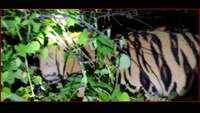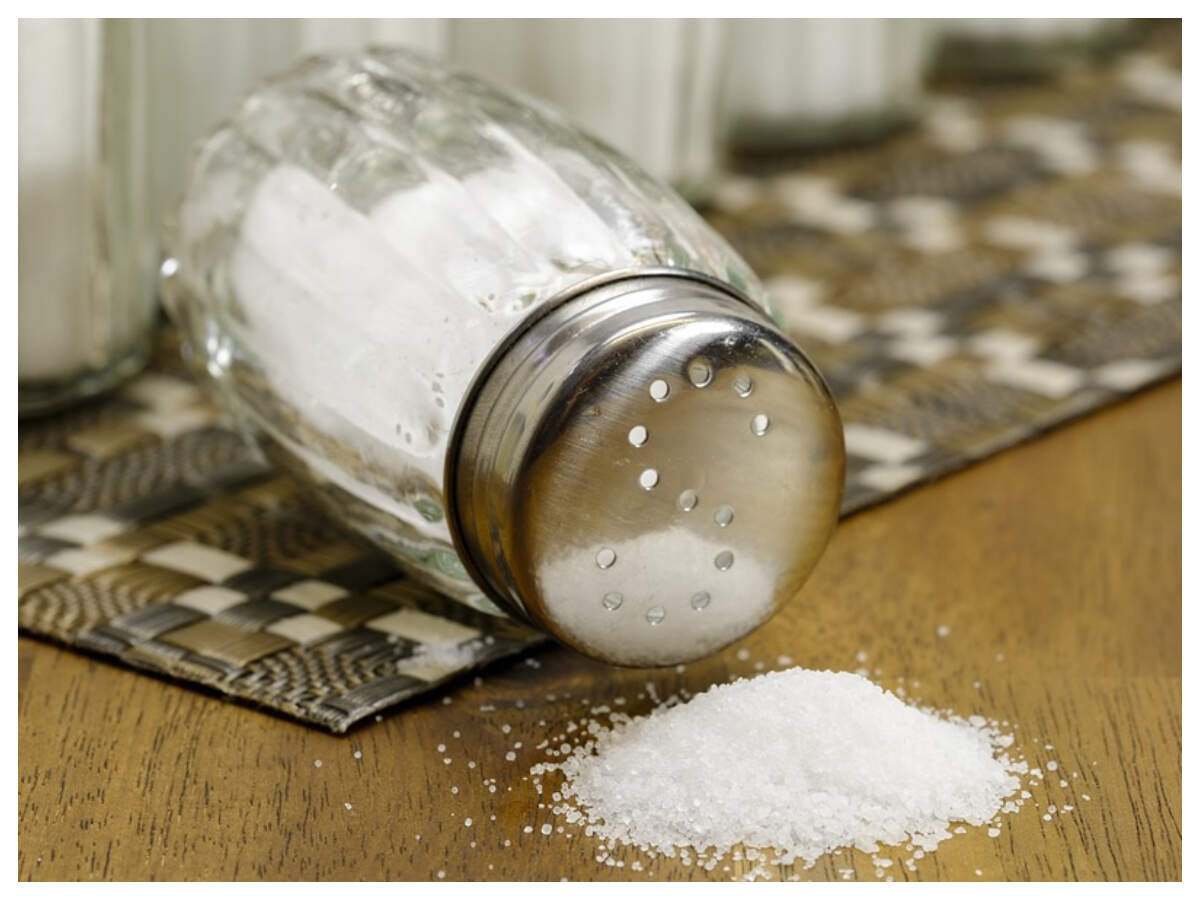
Coimbatore: The Centre is planning to curb illegal sand mining by using ISRO (Indian Space Research Organization) satellite maps of each river in the country, assessing how much sand is available for mining in each river and ensuring that only that quantity of sand is mined.
Union environment minister Prakash Javadekar said they also have plans to keep track of the quantity of sand purchased by buyers, who, he said, would be under their surveillance. The minister was in the city to inaugurate the ecotoxicology laboratory at the Salim Ali Centre for Ornithology and Natural History (SACON).
Speaking to reporters, Javadekar said the central government had in 2016 planned to make sand mining sustainable and that efforts were on to realize the same. “We have asked for a review of how states are implementing our initial plan. Going forward, we will use ISRO satellite maps of each river, assess sand available and fix a quantity that could be mined. Once the sand is mined, only the state would be allowed to auction it and each buyer will get a barcoded receipt, which will be captured on CCTV.”
Replying to a question on why the governments were not able to curb illegal mining by brick kiln owners in Thadagam, the minister said the new system would help prevent the sand mafias from misusing the system.
Javadekar also said his ministry was working with the forest department to come up with a plan to augment water and fodder availability in the jungles to prevent animals from venturing into the plains for the same. “I have spoken to many farmers regarding the man-animal conflicts and they said the animals won’t enter human habitats if fodder and water were available in the forests. So, I have asked states to come up with a plan for the same. We will release compensatory afforestation fund management and planning authority for the same.”
Referring to SACON’s proposal to be made an autonomous institution under the ministry, the minister said he was “reviewing it”. It is to be noted that the proposal was sent to him more than two years go. Javadekar, however, assured that there won’t be any dearth of financial support to the institutions such as SACON. “We have asked for a 15-year road map and plan on how SACON plans to contribute to the environment protection. The institution has done a laudable work for years in conservation of bird species.”
The ecotoxicology laboratory is to test contaminants in dead birds, especially if populations are dwindling or certain locations are being consciously avoided by them. It would be able to detect most of the commonly used pesticides, heavy metals and drugs.
Union environment minister Prakash Javadekar said they also have plans to keep track of the quantity of sand purchased by buyers, who, he said, would be under their surveillance. The minister was in the city to inaugurate the ecotoxicology laboratory at the Salim Ali Centre for Ornithology and Natural History (SACON).
Speaking to reporters, Javadekar said the central government had in 2016 planned to make sand mining sustainable and that efforts were on to realize the same. “We have asked for a review of how states are implementing our initial plan. Going forward, we will use ISRO satellite maps of each river, assess sand available and fix a quantity that could be mined. Once the sand is mined, only the state would be allowed to auction it and each buyer will get a barcoded receipt, which will be captured on CCTV.”
Replying to a question on why the governments were not able to curb illegal mining by brick kiln owners in Thadagam, the minister said the new system would help prevent the sand mafias from misusing the system.
Javadekar also said his ministry was working with the forest department to come up with a plan to augment water and fodder availability in the jungles to prevent animals from venturing into the plains for the same. “I have spoken to many farmers regarding the man-animal conflicts and they said the animals won’t enter human habitats if fodder and water were available in the forests. So, I have asked states to come up with a plan for the same. We will release compensatory afforestation fund management and planning authority for the same.”
Referring to SACON’s proposal to be made an autonomous institution under the ministry, the minister said he was “reviewing it”. It is to be noted that the proposal was sent to him more than two years go. Javadekar, however, assured that there won’t be any dearth of financial support to the institutions such as SACON. “We have asked for a 15-year road map and plan on how SACON plans to contribute to the environment protection. The institution has done a laudable work for years in conservation of bird species.”
The ecotoxicology laboratory is to test contaminants in dead birds, especially if populations are dwindling or certain locations are being consciously avoided by them. It would be able to detect most of the commonly used pesticides, heavy metals and drugs.
Trending Topics
LATEST VIDEOS
More from TOI
Navbharat Times
Featured Today in Travel
Quick Links
Lok Sabha Election Schedule 2019Lok Sabha Election NewsDelhi Capitals teamMI team 2019Rajasthan Royals 2019RCB team 2019Maharashtra Lok Sabha ConstituenciesBJP Candidate ListBJP List 2019 TamilnaduShiv Sena List 2019AP BJP List 2019Mamata BanerjeeBJP List 2019 MaharashtraPriyanka GandhiBJP List 2019 KarnatakaAMMK Candidate List 2019BJP List 2019 WBLok Sabha Elections in Tamil NaduBSP List 2019 UPNews in TamilLok Sabha Poll 2019Satta Matka 2018PM ModiMahagathbandhanNagpur BJP Candidate ListChandrababu NaiduTamil Nadu ElectionsUrmila MatondkarNews in TeluguMadras High CourtTejashwi YadavArvind KejriwalTejasvi SuryaPawan KalyanArvind KejriwalYogi AdityanathJaya PradaSatta King 2019Srinagar encounter
Get the app







